The Unseen Risks of Ignoring Building Materials in Denver’s Climate
Denver’s architecture, with its unique blend of modernity and tradition, faces an often-overlooked challenge that could compromise the very essence of its beauty and durability. The choice of building wrapping material, particularly the difference that vinyl building wrap makes, is a topic seldom discussed but incredibly vital. In the midst of Denver’s fluctuating weather patterns, from snow-packed winters to sun-soaked summers, buildings endure extreme conditions that test their endurance. However, the awareness around the critical role vinyl building wrap plays in protecting these structures remains low among many Denver residents and building owners.
The durability and resilience of buildings in Denver do not merely rest on architectural prowess or the quality of construction but also significantly on the materials used to shield them. Without proper protection, the unique weather conditions of Denver can rapidly accelerate the wear and tear on buildings, leading to premature aging, energy inefficiencies, and, ultimately, higher maintenance costs. Vinyl building wrap stands out as a solution, yet its benefits and the risks associated with neglecting such protection are not widely recognized.
This lack of awareness about the importance of choosing the right building wrap could lead to regrets, especially as climate change introduces more extreme weather patterns. Building owners and developers are encouraged to consider how adopting vinyl building wrap in Denver not only secures the longevity of their structures but also contributes to energy efficiency and aesthetic preservation. The conversation on building materials and protective measures needs to take center stage to ensure the enduring beauty and durability of Denver’s architecture.
Understanding the Necessity of Durable Building Envelopes in Denver
In Denver, the allure and functionality of buildings, whether residential or commercial, heavily depend on their exterior protection. The primary issue here concerns the material that can promise longevity and durability amidst the city’s unique climatic patterns. Vinyl building wrap emerges as a pivotal solution in this scenario. Denver’s climate, with its drastic temperature fluctuations, heavy snow in winter months, and considerable sun exposure throughout the year, poses significant challenges to traditional building materials. These conditions often lead to quicker wear and tear, moisture damage, and energy inefficiency in buildings lacking proper exterior protection.
For property owners in Denver, the quest for a material that not only enhances the architectural aesthetics but also provides a robust defense against weather extremes is ongoing. Vinyl building wrap stands out as a potential guardian of Denver’s buildings, offering a solution that could drastically reduce maintenance needs while reinforcing the structural integrity of properties. The issue at hand is not just about selecting an exterior covering but making a strategic choice that brings lasting benefits to Denver’s architecture.
Denver’s Building Challenge: The Durability Dilemma
In Denver, the demand for durable building solutions has never been higher, primarily due to the city’s unique climatic challenges. Notably, Denver experiences over 300 days of sunshine a year, subjecting buildings to excessive UV radiation that can degrade traditional materials quickly. Additionally, the city’s location at the foothills of the Rocky Mountains means it’s prone to rapid weather changes, including sudden temperature drops that can affect a building’s integrity. These conditions make traditional building wraps inadequate, highlighting the need for innovative materials like vinyl building wrap to ensure long-lasting protection and durability.
The Issue with Ignoring Vinyl Building Wrap in Denver
The architectural integrity and aesthetic of buildings in Denver are at constant battle with the environment. Without the proper protection, buildings are left vulnerable to a myriad of problems that can significantly impact both the longevity of the structure and the comfort of its inhabitants. Ignoring the need for vinyl building wrap is a problem for several reasons that directly affect property owners and residents alike.
Denver’s unique climate presents a particular challenge for buildings. The city experiences sharp temperature fluctuations, intense UV exposure, and occasional hail storms, all of which can severely damage a building’s exterior over time. Without vinyl building wrap, moisture can penetrate the exterior walls, leading to mold and mildew growth within the interiors. This moisture invasion not only poses health risks but can also compromise the structural integrity of the building, leading to costly repairs and maintenance in the long run.
Moreover, energy efficiency becomes a glaring issue without the insulation benefits provided by a vinyl building wrap. Buildings in Denver, unprotected by this barrier, are more prone to heat loss in the winter and excessive heat gain in the summer, resulting in higher energy bills and a less comfortable living or working environment for the occupants. The lack of vinyl building wrap means a direct financial impact on the property owner through increased operational costs and potential devaluation of the property due to structural and aesthetic degradation over time.
In essence, the problem of ignoring vinyl building wrap in Denver extends beyond immediate aesthetic concerns. It poses long-term financial, health, and comfort challenges for property owners and occupants, making it an issue that deserves prompt and thorough attention.
Understanding the Durability Dilemma of Denver Buildings
In Denver, the selection of building wrap isn’t merely a matter of aesthetic preference; it’s a critical aspect affecting the building’s long-term protection, energy efficiency, and overall maintenance requirements. The crux of the problem stems from Denver’s unique climate, which poses challenges such as intense UV exposure due to high altitude, fluctuating temperatures, and occasional heavy snowfalls.
Traditional building materials and wraps often fail to meet the demands of Denver’s weather, leading to frequent repairs, diminished energy efficiency, and potential structural damage. This scenario underscores the necessity for a building wrap solution that can endure Denver’s climatic peculiarities without necessitating constant upkeep. It’s essential for property owners and developers in Denver to recognize that their choice of building wrap directly influences the durability, cost-efficiency, and ecological footprint of their structures. The understanding of these implications is vital for making well-informed choices that extend beyond the superficial aspects of cost and appearance, highlighting the importance of innovative, resilient options such as vinyl building wrap.
Revitalizing Denver’s Historic
Buildings with Vinyl Wrap
In Denver, a historic residence located in the Capitol Hill neighborhood faced continual issues with its exterior aesthetics and protection due to the harsh Colorado winters. The solution? Vinyl building wrap. This transformative decision not only preserved the building’s architectural integrity but also provided a durable shield against weathering and UV damage. Just a winter after its application, the residence showcased remarkable resilience against a particularly snowy season, maintaining its beauty and structure uncompromised. This real-life application underlines the significant benefits and practicality of vinyl building wrap in safeguarding Denver’s architectural treasures.
The Consequences of Ignoring Vinyl Building Wrap in Denver
Overlooking the importance of vinyl building wrap in Denver’s unique climate can lead to a series of detrimental effects that go beyond mere aesthetic decline. The decision to ignore this protective layer can significantly impact the durability and longevity of your building’s structure.
Firstly, without the proper installation of a quality vinyl wrap, buildings are more susceptible to moisture intrusion. This can lead to the growth of mold and mildew, which not only poses health risks but can also weaken structural integrity over time. The constant battle against Denver’s fluctuating weather conditions without adequate protection can result in costly repairs and maintenance.
Secondly, the energy efficiency of your building could be compromised. Vinyl building wraps act as an additional insulation layer, helping to regulate indoor temperatures. Without it, you might find a noticeable increase in heating and cooling costs, putting unnecessary strain on your finances.
Lastly, the aesthetic value and the overall market value of your property could plummet. A building that lacks the necessary protections against environmental factors will inevitably show signs of wear and tear much sooner. This can make your property less attractive to potential buyers or tenants, negatively affecting your investment in the long haul.
In conclusion, neglecting the necessity for vinyl building wrap in Denver’s specific climate does not just affect the building’s appearance; it risks the health and safety of its inhabitants, leads to increased utility costs, and diminishes property value. It’s a chain of consequences that any building owner would do well to avoid.
Economic Impact of Neglecting Vinyl Building Wrap in Denver
Overlooking the importance of vinyl building wrap in Denver can lead to significant economic repercussions for homeowners. The absence of this protective layer exposes the structure to harsh weather conditions prevalent in the area, accelerating wear and tear. This negligence necessitates frequent repairs and maintenance, imposing hefty costs over time. Moreover, buildings without adequate protection have a diminished lifespan and depreciate in value much faster than those with vinyl building wrap, impacting the long-term investment potential and resale value of the property in Denver’s competitive real estate market.
Vinyl Building Wrap: The Ultimate Shield for Denver Architecture
In the dynamic and often unpredictable climate of Denver, where architects and homeowners face the challenges of maintaining building integrity against harsh elements, vinyl building wrap stands out as a premier solution. This section positions vinyl building wrap as a versatile and essential tool in addressing the core challenges of durability, energy efficiency, and aesthetic appeal prevalent in Denver’s architectural landscape.
Denver’s unique climate, characterized by cold, snowy winters and warm, sunny summers, demands building materials that can withstand a wide range of weather conditions. Vinyl building wrap excels in this regard, offering unmatched durability that protects buildings from moisture, wind, and thermal impacts. Its ability to act as a barrier against water infiltration while allowing moisture vapor to escape prevents mold growth and structural damage, ensuring the longevity of the building’s exterior.
Moreover, the energy efficiency provided by vinyl building wrap is crucial for Denver residences. By creating a more airtight building envelope, it reduces the need for heating and cooling, thus lowering energy costs and promoting a greener environment. This efficiency, combined with the material’s durability, contributes to significant long-term savings for homeowners.
Beyond functional advantages, vinyl building wrap also enhances the aesthetic flexibility of buildings. Available in various textures and finishes, it allows architects and builders to achieve a desired look without compromising on performance or protection. This adaptability ensures that Denver’s buildings not only stand strong against environmental challenges but also add to the city’s visual appeal, reflecting a blend of innovation and tradition in its architecture.
Enhancing Denver Architecture with Vinyl Building Wrap
Vinyl building wrap is a dynamic solution for property owners in Denver looking to enhance the durability and aesthetic appeal of their architecture. As a product tailored to counter the specific challenges of the Denver climate, which includes significant temperature fluctuations and intense UV exposure, vinyl building wrap stands out for its resilience and maintenance ease.
Unlike traditional building materials that may weather or degrade over time due to environmental exposures, vinyl wrap maintains its visual appeal and structural integrity without requiring frequent upkeep. This characteristic not only addresses the immediate concern of prolonged durability but also translates into cost savings in the long run by minimizing the need for repairs or replacements.
Moreover, the versatility of vinyl building wrap in terms of design and finish options enables property owners in Denver to achieve a desired aesthetic without compromising on the protective qualities of the material. Whether it’s wrapping a commercial building or a residential property, vinyl building wrap offers a seamless blend of form and function, draping Denver’s architecture in an envelope of elegance that lasts.
Benefits and Features: Vinyl Building Wrap in Denver
Vinyl building wrap in Denver presents an array of benefits and features that cater to both aesthetics and functionality. One of the primary advantages is its high durability, which offers superior protection against Denver’s varied climate, including snow, rain, and intense UV exposure without showing signs of degradation. Additionally, vinyl wraps serve as an extra insulation layer to buildings, enhancing energy efficiency by maintaining internal temperatures. This, in turn, could lead to lower energy bills. Vinyl wrap also provides an opportunity for a visual upgrade, offering a wide variety of designs and colors to suit any architectural style. It is a cost-effective method to rejuvenate a building’s exterior without the need for extensive renovations.
Denver’s Durable Solution: Vinyl Building Wrap Success Stories
In Denver, the adoption of vinyl building wrap has become a game-changer for both commercial and residential structures. For instance, the Thompson Retail Complex, a landmark in downtown Denver, credits its pristine appearance and structural integrity to its vinyl wrap. Before its vinyl makeover, the complex struggled with moisture intrusion and fading colors due to Denver’s diverse climate. Today, management boasts of drastically reduced maintenance costs and an exterior that stands vibrant, even under the harsh sunlight and snow.
On a residential note, the Anderson family in the Cherry Creek neighborhood shares a similar success story. After replacing their traditional stucco with vinyl building wrap, they noted a significant improvement in their home’s energy efficiency. Their heating and cooling bills plummeted, and the annoying drafts that used to plague their winters are now a thing of the past. The Andersons are particularly pleased with the wrap’s ability to mimic the aesthetic of more traditional materials, ensuring their home fits seamlessly with the historic charm of their community.
Vinyl Building Wrap Triumph in Denver: A Case Study
In Denver, a commercial building faced constant issues with energy inefficiency and exterior damage from harsh weather conditions. The management decided to invest in vinyl building wrap, which not only transformed the aesthetic of the structure but also significantly enhanced its insulation. Just a winter later, the energy bills saw a noticeable reduction, and the building’s exterior remained unscathed by Denver’s notorious hailstorms. This success story of durability and efficiency has made the property a model for local businesses considering similar upgrades. Ready to protect and beautify your building? Contact us today to get started with vinyl building wrap!

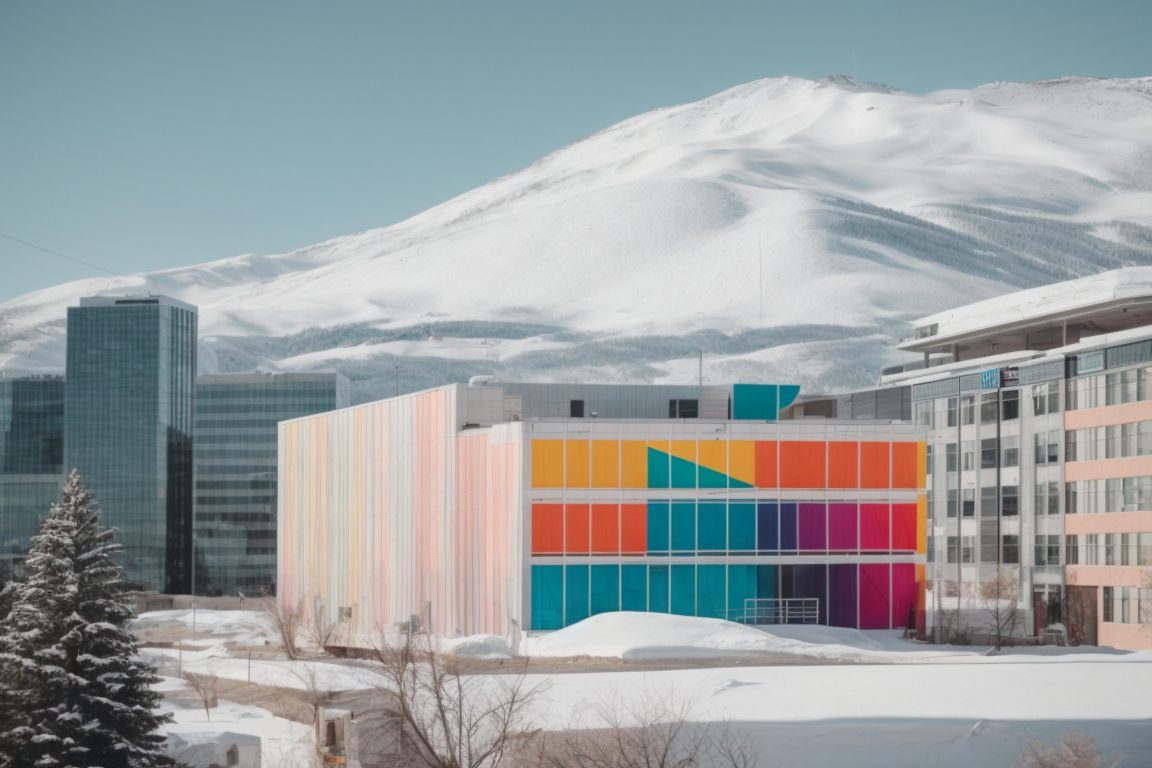
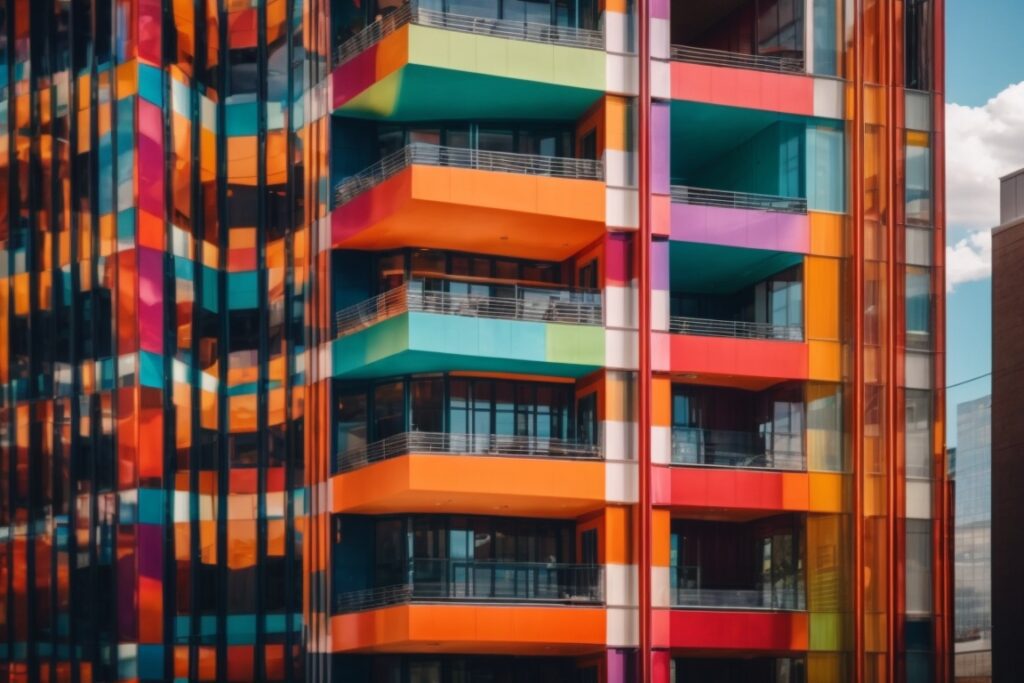
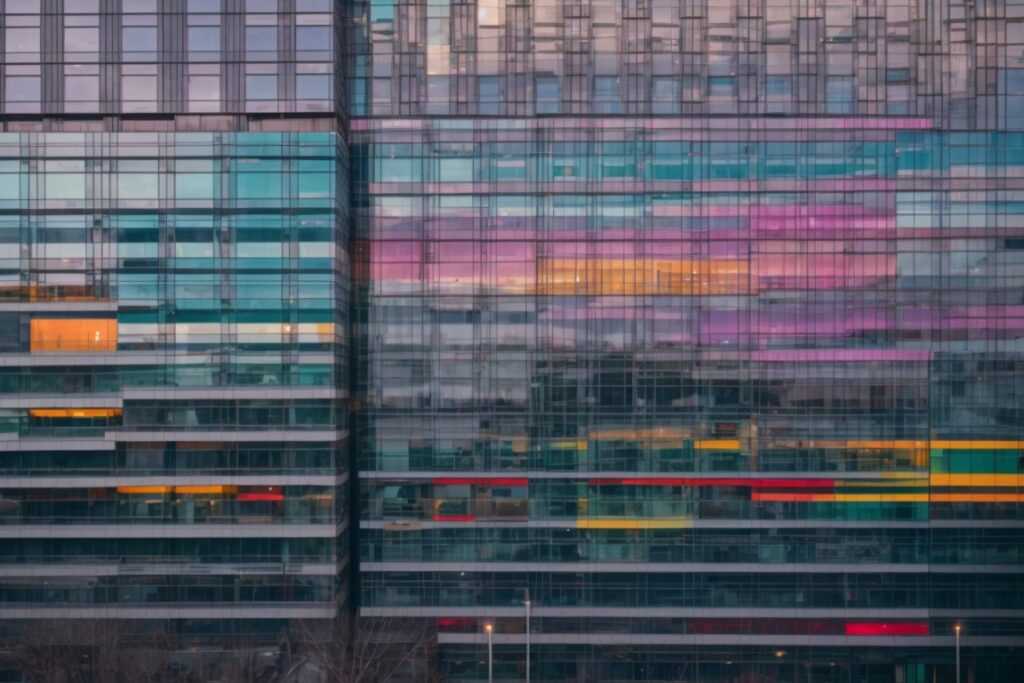

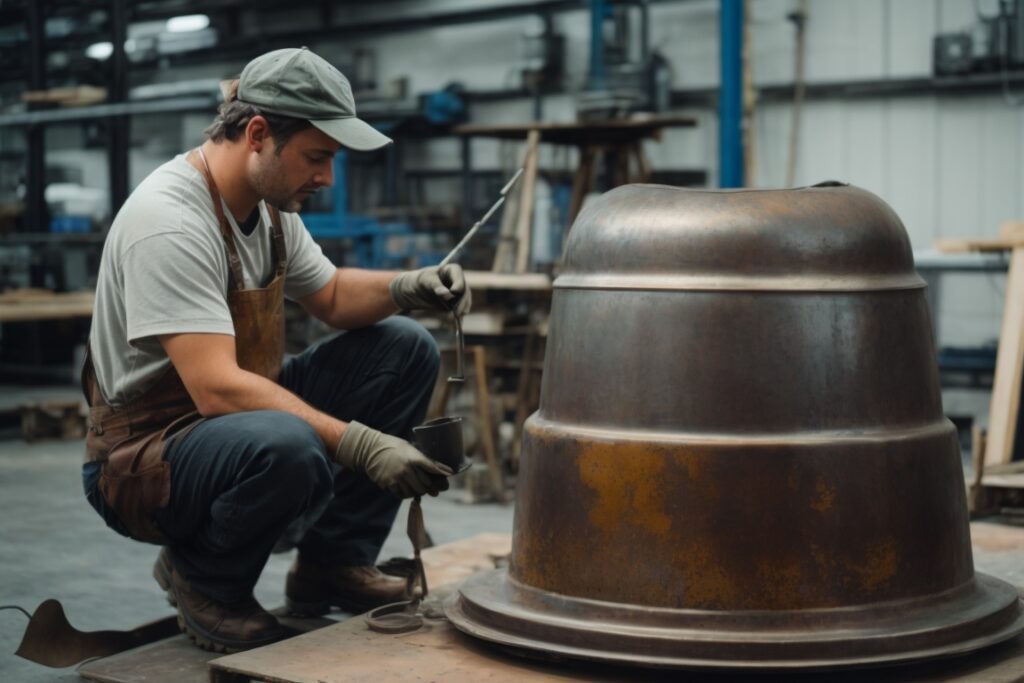
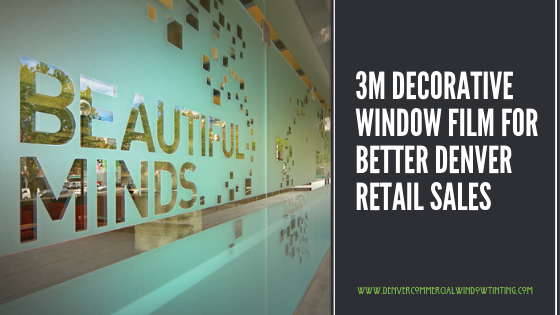
About The Author: Cwtdadmin
More posts by cwtdadmin